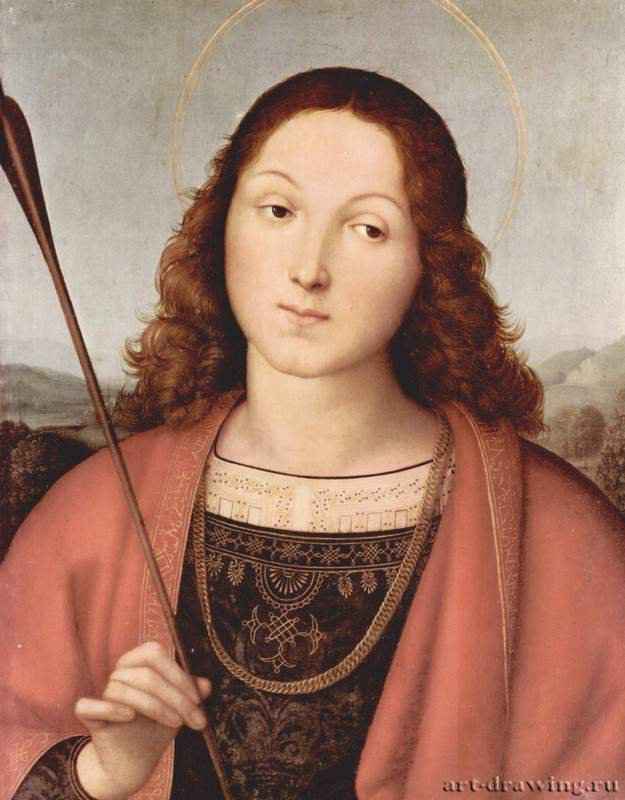30th April 2014 - 21st September 2014
www.nationalgallery.org.uk
Architecture forms the basis of many Italian Renaissance paintings and now, as the result of a research partnership between the National Gallery and the University of York, visitors are invited to explore its differing representations in the exhibition ‘Building the Picture: Architecture in Italian Renaissance Painting’.
Depictions of buildings in Italian Renaissance works by artists such as Duccio,Botticelli and Crivelli offer a fascinating insight into the architecture of the time. While some reflect real architectural forms, others are deliberately fantastical; defying structural possibility but offering a convincing setting for biblical and mythological tales.
In the first exhibition of its kind in Britain, ‘Building the Picture: Architecture in Italian Renaissance Painting’ will consider the ways in which architecture was represented and used in pictures from the 14th, 15th and 16th century - how it was employed to frame figures and construct illusions of space, and how it shaped how contemporaries understood these paintings.
Paintings from the National Gallery Collection will form the heart of the exhibition, which also includes loans from other collections in the United Kingdom including from the National Galleries of Scotland.
The Sunley Room Exhibition Programme is generously supported by The Bernard Sunley Charitable Foundation.
www.nationalgallery.org.uk
Architecture forms the basis of many Italian Renaissance paintings and now, as the result of a research partnership between the National Gallery and the University of York, visitors are invited to explore its differing representations in the exhibition ‘Building the Picture: Architecture in Italian Renaissance Painting’.
Depictions of buildings in Italian Renaissance works by artists such as Duccio,Botticelli and Crivelli offer a fascinating insight into the architecture of the time. While some reflect real architectural forms, others are deliberately fantastical; defying structural possibility but offering a convincing setting for biblical and mythological tales.
In the first exhibition of its kind in Britain, ‘Building the Picture: Architecture in Italian Renaissance Painting’ will consider the ways in which architecture was represented and used in pictures from the 14th, 15th and 16th century - how it was employed to frame figures and construct illusions of space, and how it shaped how contemporaries understood these paintings.
Paintings from the National Gallery Collection will form the heart of the exhibition, which also includes loans from other collections in the United Kingdom including from the National Galleries of Scotland.
The Sunley Room Exhibition Programme is generously supported by The Bernard Sunley Charitable Foundation.

.jpg)


.jpg)









.jpg)


